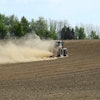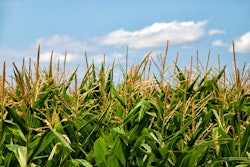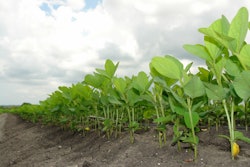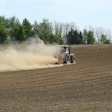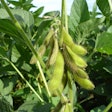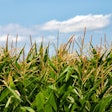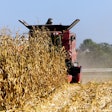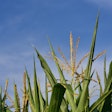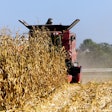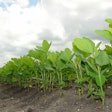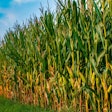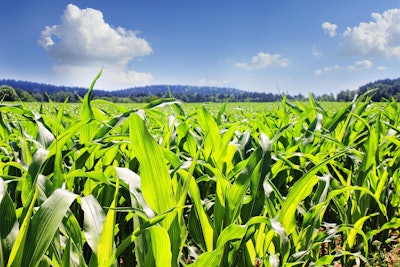
On June 26, the USDA released its latest Crop Progress and Condition report which showed the condition of U.S. soybean and corn crops deteriorated to the worst in decades as major producing areas are missing rain.
- Corn: The weekly crop progress and conditions report showed that good-to-excellent ratings for corn stood at 50% as of June 25, below the average of 11 estimates given by analysts in a Reuters poll that had predicted 52%.
- Soybeans: Just 51% of soybeans were in good-to-excellent condition, in line with analyst expectations.
- Wheat: Spring wheat ratings also deteriorated to 50% in good-to-excellent condition, the worst in two years.
The ratings for both corn and soybeans were the lowest for this time of year since 1988, the year of a historic crop-wasting drought.
Corn ratings have fallen for four weeks in a row since their initial rating in late May and soybean ratings have fallen during the past three weeks.
U.S. drought expands
Last week, Reuters reported the worst U.S. Midwest drought since 2012 expanded over the past week despite mild temperatures as a lack of rain across the American farm belt threatened newly seeded corn and soybean crops.
The U.S. Drought Monitor showed below-average rainfall and high winds also exacerbated drought conditions in much of the High Plains region from top spring wheat producer North Dakota to the largest winter wheat state Kansas.
Last week, corn and soybean futures ticked upward after months of declines on rumors that dry weather could affect this year’s crops in the U.S. Midwest.
While weather in the U.S is the biggest factor driving markets, it isn’t the only trend impacting corn and soybean prices. The percentage of soybean oil used to produce biodiesel hit 44% in 2022, up from 36% in 2020 and is expected to continue to grow. It may be too early to say whether oil, which is conventionally a byproduct of soybean meal production, will overtake meal as the primary driver of soybean production in the U.S.
Overall world stocks of soybeans and corn continue to rise as Ukraine continues to defy expectations for crop production, and as South America recovers from its own weather woes.

